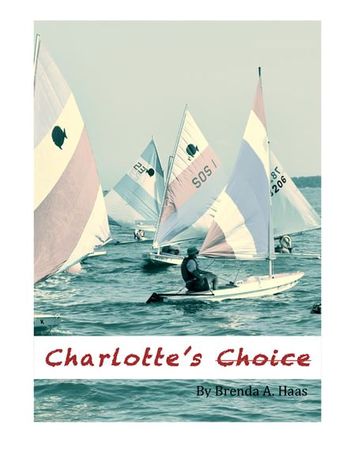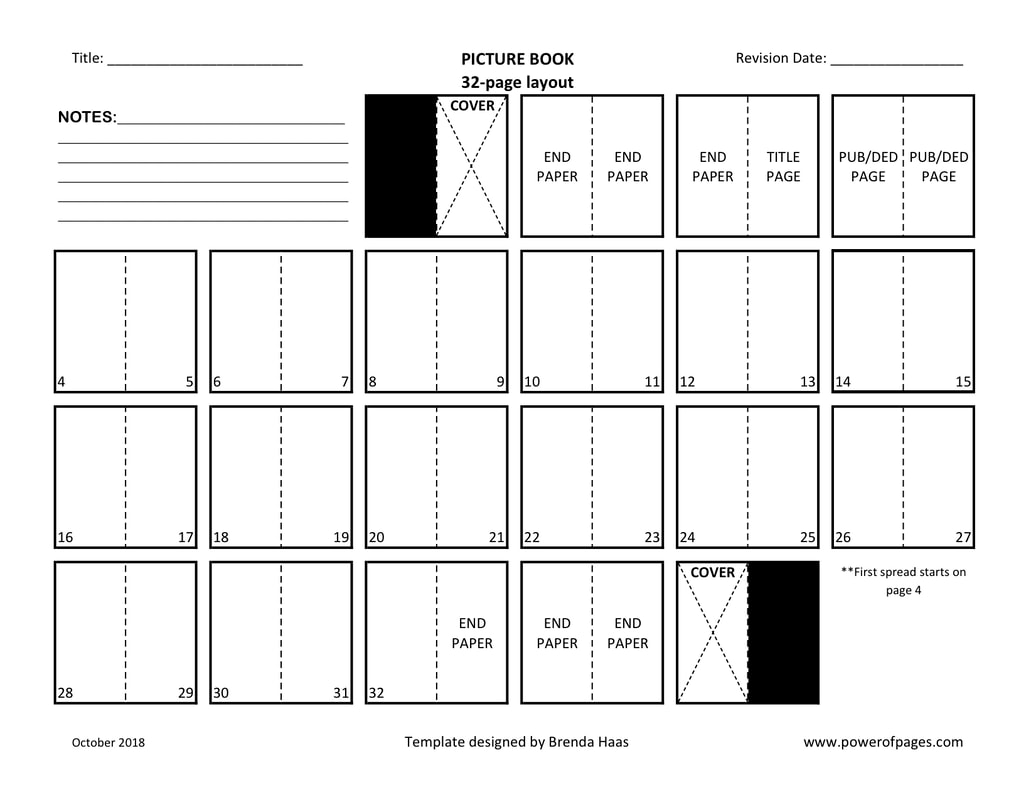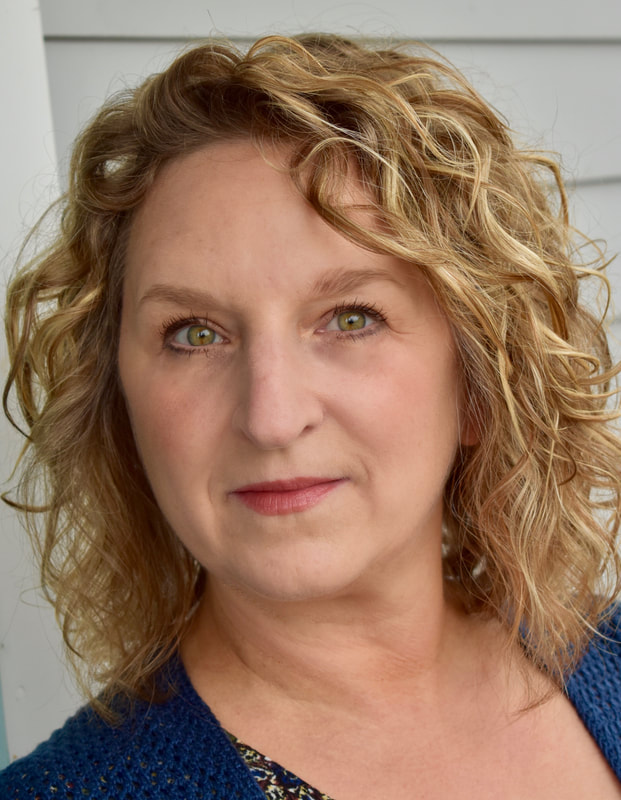
Charlotte's Choice
By Brenda Haas
When Pittsburgh writer Charlotte "Charlie" Sutton, 28, receives notification her estranged father Chuck Sutton, 55, has developed symptoms of early onset Alzheimer's and named Charlotte his Power of Attorney, the wayward daughter must return to Lake Erie and the waterfront community of Lakeside, Ohio. Again immersed in the small town she'd run from just 10 years prior, Charlotte struggles to take over the failing family community newspaper, come to terms with the addition of a 15-year-old half-brother she didn't know she had, and find a way to make peace with the hurt she's carried with her for decades.
Make a choice. Take a chance. It's NaNoWriMo time. Above is the short synopsis I've set for my NaNoWriMo project, "Charlotte's Choice" (women's fiction). As we close in on Thursday, Nov. 1, and the start of National Novel Writing Month, I thought I'd give you some thoughts on my process so far and what you can do in just three days to prepare to write a rough draft of that story keeping you up at night.
Don't think you have it in you to write 50,000 words in 30 days? Haven't done anything to prepare? Here are a few shortcuts that can make starting a novel on Nov. 1 just a little easier and less overwhelming, even if you haven't taken advantage of October to prep for the big event.
5 LAST MINUTE tricks to prepare for NaNoWriMo:
1. Create an account. Without a NaNoWriMo account, you won't really feel bound to pursue your goal of writing a novel in a month. It takes only a few minutes to sign up, and it's free. Just do it. Having a live account will give you a nudge to commit.
I went a step further and threw a simple cover together, so my NaNoWriMo Dashboard looks official. Took all of 10 minutes of browsing through my Lakeside photos to find something appropriate for my Lake Erie story. Not awful, if I do say so myself.:)
2. Brainstorm about something you already know a lot about. You don't HAVE to write what you know, but, in the case of NaNoWriMo, writing within your knowledge base may help you get off to a quick start, particularly if you haven't done much prep prior to Nov. 1.
Read my synopsis, then note my personal history:
I lived in Pittsburgh for 20 years.
I've vacationed in Lakeside, Ohio, since 1989.
My parents divorced when I was three.
I was an only child until I was in my 20s. I also raised two teenagers.
I worked for a family-owned community newspaper for many years.
I've witnessed the impact early onset Alzheimer's Disease has on both patient and family.
Even on a bad day, when my brain doesn't quite know where to take me next in my NaNoWriMo story, I will be able to write about my own experiences.
3. Get to know your characters. Nothing says commitment like fleshing out the voices in your head. Sit down with a notebook and take just a couple hours to create mini character profiles of those you'd like to include in your story. Give each character his or her own page and jot down potential names (both first and last), what they look like, age, occupation, any connection you'd like them to have to other characters, interesting mannerisms, speech patterns, how they dress, etc. To be honest, this is a load of fun!
I knew I wanted my main character to be a young writer with a deep-seated issue with her father, the man who called her a boyish nickname and who, she thought, wished to make her into the son he never had. From there, I continued to add secondary characters. It is through my character profiles that I actually got ideas for conflict and plotting (and sub-plotting) for the story. I did NOT write the above synopsis until long after I had fleshed out some cool characters (who, naturally, had cool stories to tell).
4. Set it up. Where do you want this to take place? What time of year? Whether it is a place you've been to many times before or someplace completely fictional, write down the basics of your setting. Town? State? Planet? If it helps, sketch a map of the surroundings. If the setting is real, create a folder on your laptop to stash various links that will help you pull facts in later, as you need them, to make your representation of the setting more realistic. An easy option is to go to the area's Visitors Bureau website, which may provide historical information and photos.
In my case, the setting of "Charlotte's Choice" will be a piece of cake. I own a property in Lakeside, Ohio, so I live it. Additionally, I'll be setting the newspaper publishing company in a rented space in the back of a marina, something I can take a walk around the corner to research. I'm writing my story in a setting I truly love, so I should have no lack of material to make this place real for my readers.
5. Create a plot synopsis. Once you've got some interesting characters to play with and a place to let them play, jot down various scenarios that allow your characters to interact. Which scenario interests you most? Which would be hardest to write without a lot of research? Which creates the most conflict? Which is safest? Only you can decide how to proceed, but once you hone in on the plot you want to pursue, attempt to write a short synopsis, such as I did above. Think of this synopsis as the back cover of your favorite book. Although I did not indicate such in my synopsis, have SOME idea of what the ending and resolution of the main plot will look like.
For me, the writing of the synopsis really allowed me to connect the dots and gel my ideas into something I could commit to. Hence, "Charlotte's Choice." There's a very good chance I'll change my plot as I go along in this process, but at least I have a base and a starting point for Nov. 1.
For more tips, check out my Oct. 3 blog post on prepping for NaNoWriMo.
NaNoWriMo ... Write on! Happy National Novel Writing Month, my peops.



 RSS Feed
RSS Feed

